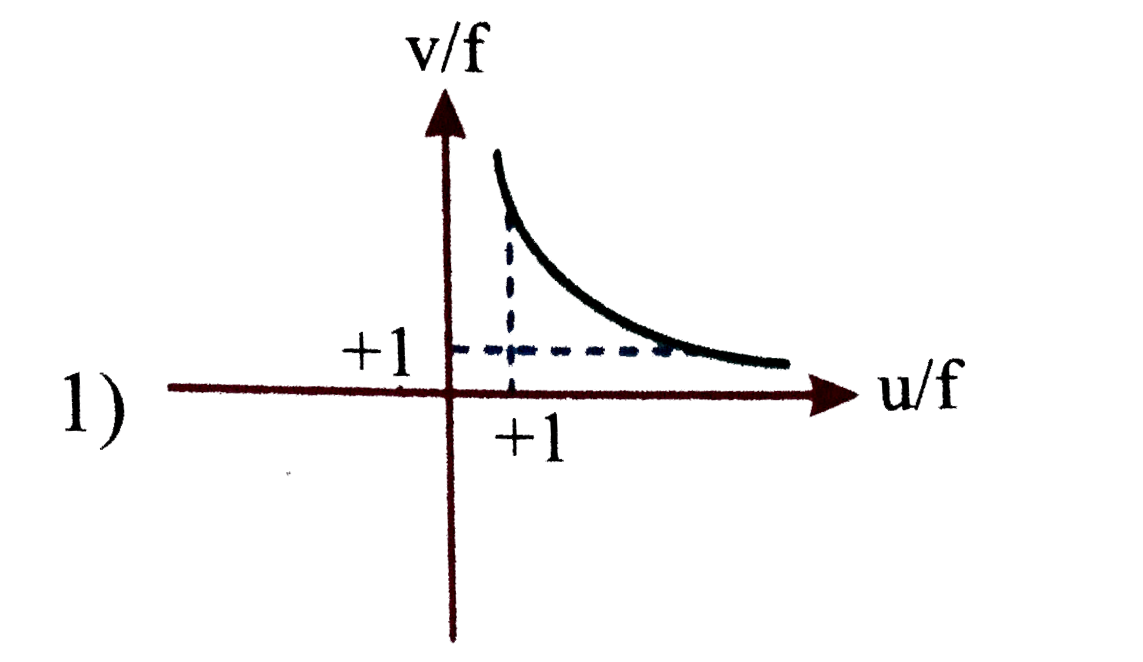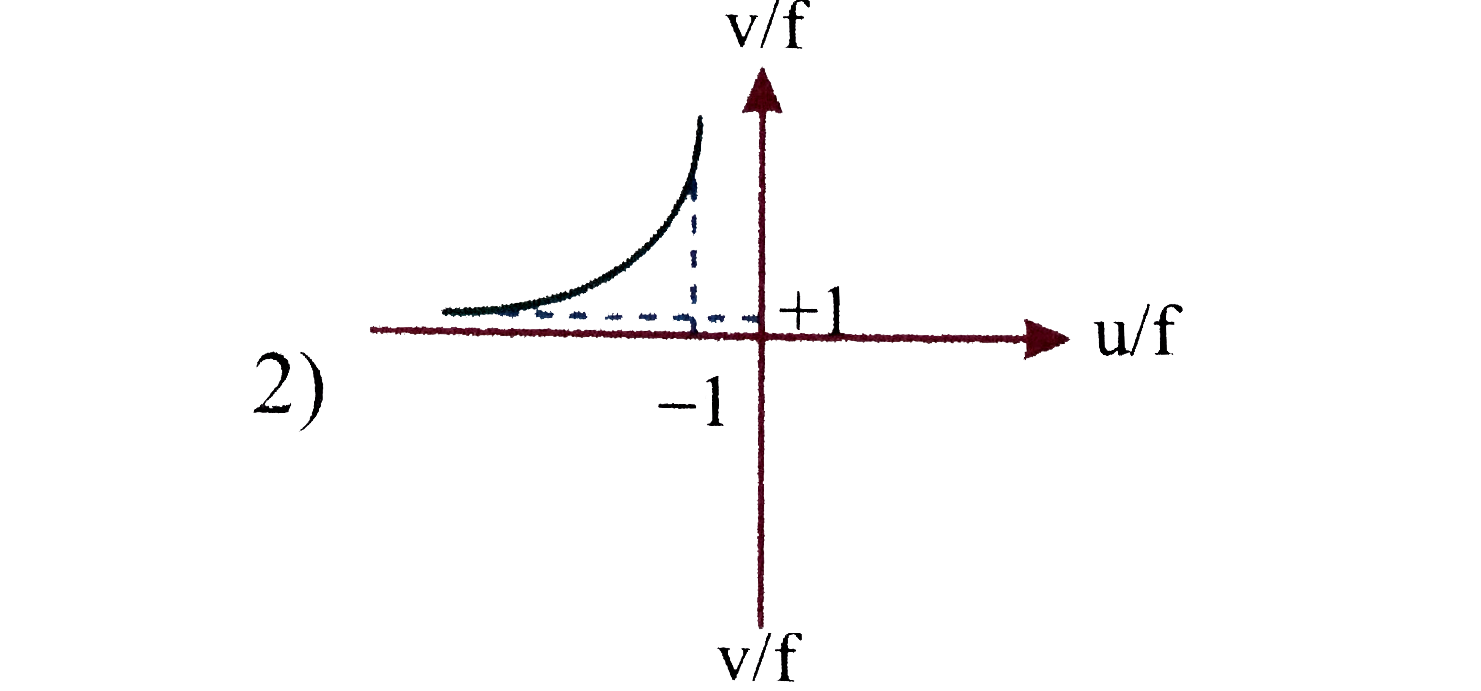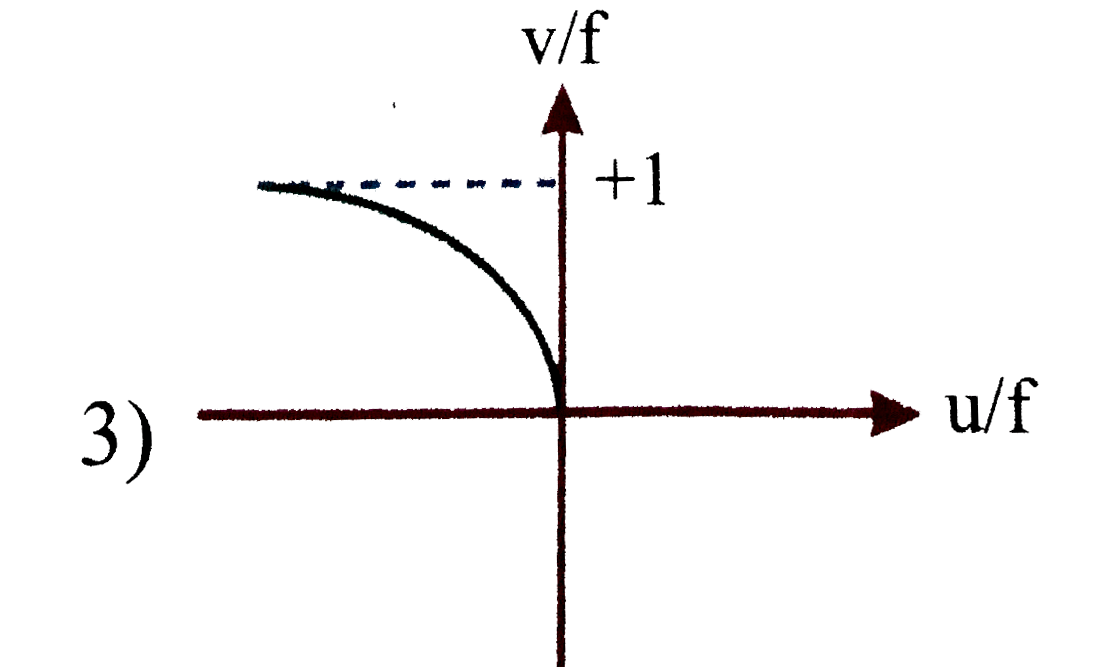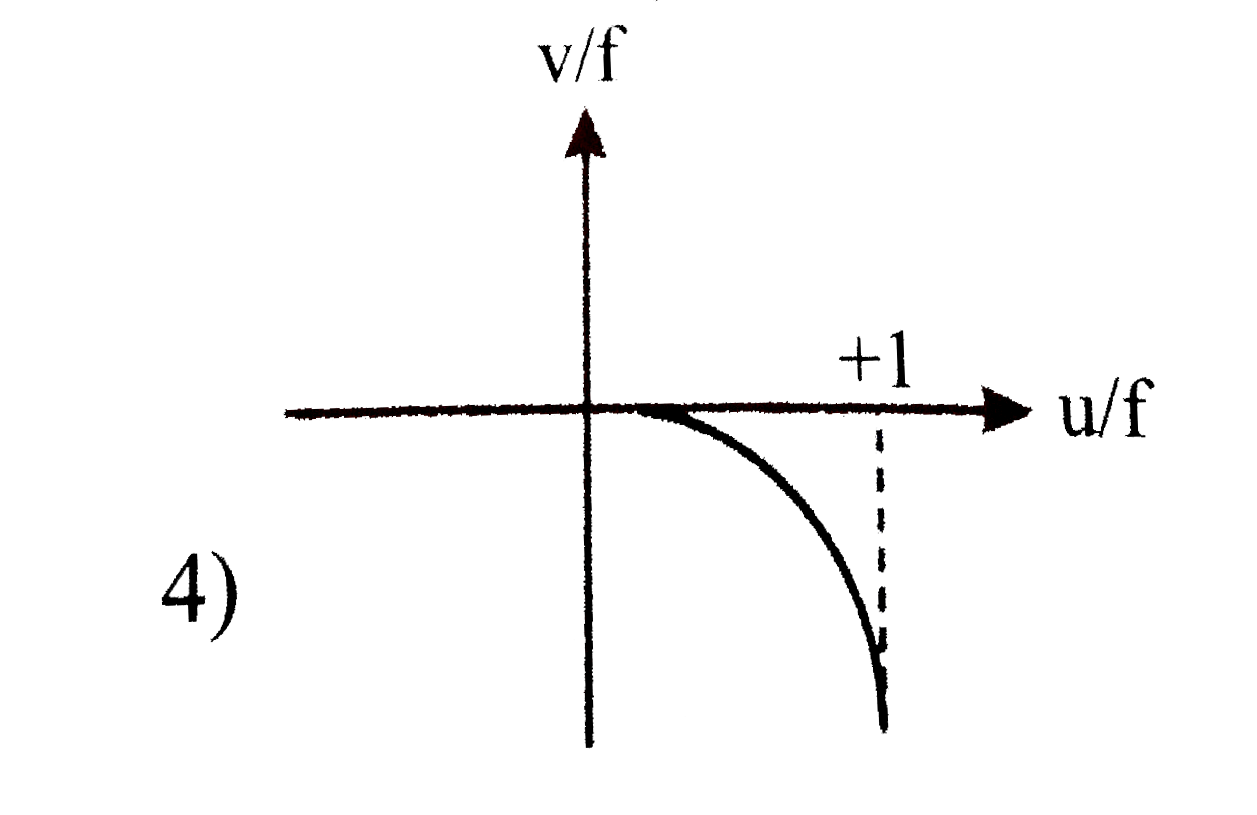A
B
C
D
Text Solution
AI Generated Solution
The correct Answer is:
|
Topper's Solved these Questions
REFLECTION OF LIGHT
MCGROW HILL PUBLICATION|Exercise HIGHER ORDER THINKING QUESTIONS|10 VideosView PlaylistMOTION
MCGROW HILL PUBLICATION|Exercise HIGHER ORDER THINKING QUESTIONS|48 VideosView PlaylistREFRACTION OF LIGHT
MCGROW HILL PUBLICATION|Exercise HIGHER ORDER THINKING QUESTIONS|37 VideosView Playlist
Similar Questions
Explore conceptually related problems
Knowledge Check
A
B
C
D
Submit
A
B
C
D
Submit
A
B
C
D
Submit
Similar Questions
Explore conceptually related problems
MCGROW HILL PUBLICATION-REFLECTION OF LIGHT -HIGHER ORDER THINKING QUESTIONS
- An inverted image can be seen in a convex mirror,
06:53
|
Playing Now - If velocity of radio waves is 3 xx 10^8 m/s, the frequency correspondi...
01:47
|
Play - A concave mirror of focal length f (in air) is immersed in water (mu=4...
02:38
|
Play - Signal from a remote control to the device operated by it travels with...
01:35
|
Play - In case of a concave mirror, when we move the object from infinity to ...
02:18
|
Play - A ray of light is incident on a convex mirror at angle of incidence of...
01:34
|
Play - A ray of light strikes a silvered surface inclined to another one at a...
01:02
|
Play - The focal length (f) of a spherical mirror of radius of curvature R is
01:13
|
Play - A beam of light incident on a plane mirror forms a real image on refle...
02:35
|
Play - A mirror produces magnified erect image of an object. The nature of th...
01:53
|
Play - A light ray is incident normally on a plane mirror. The angle of refle...
02:35
|
Play



